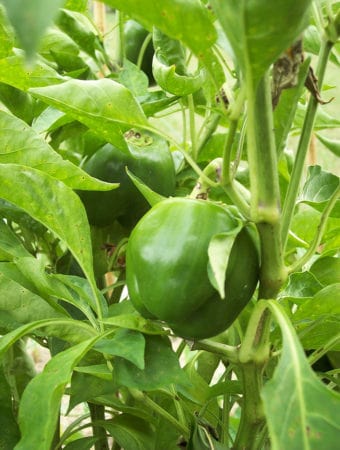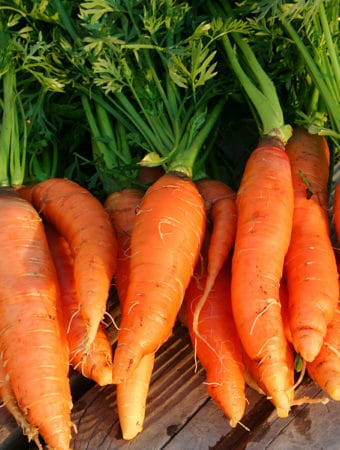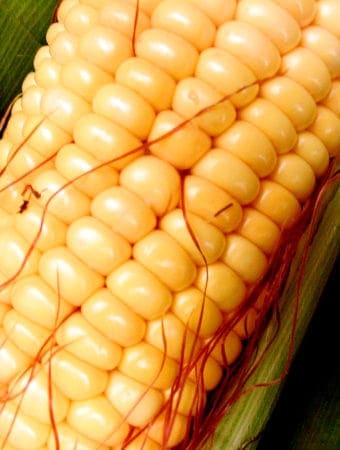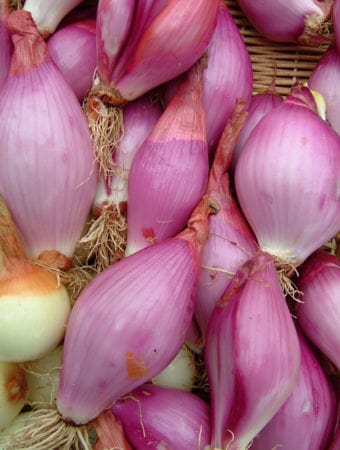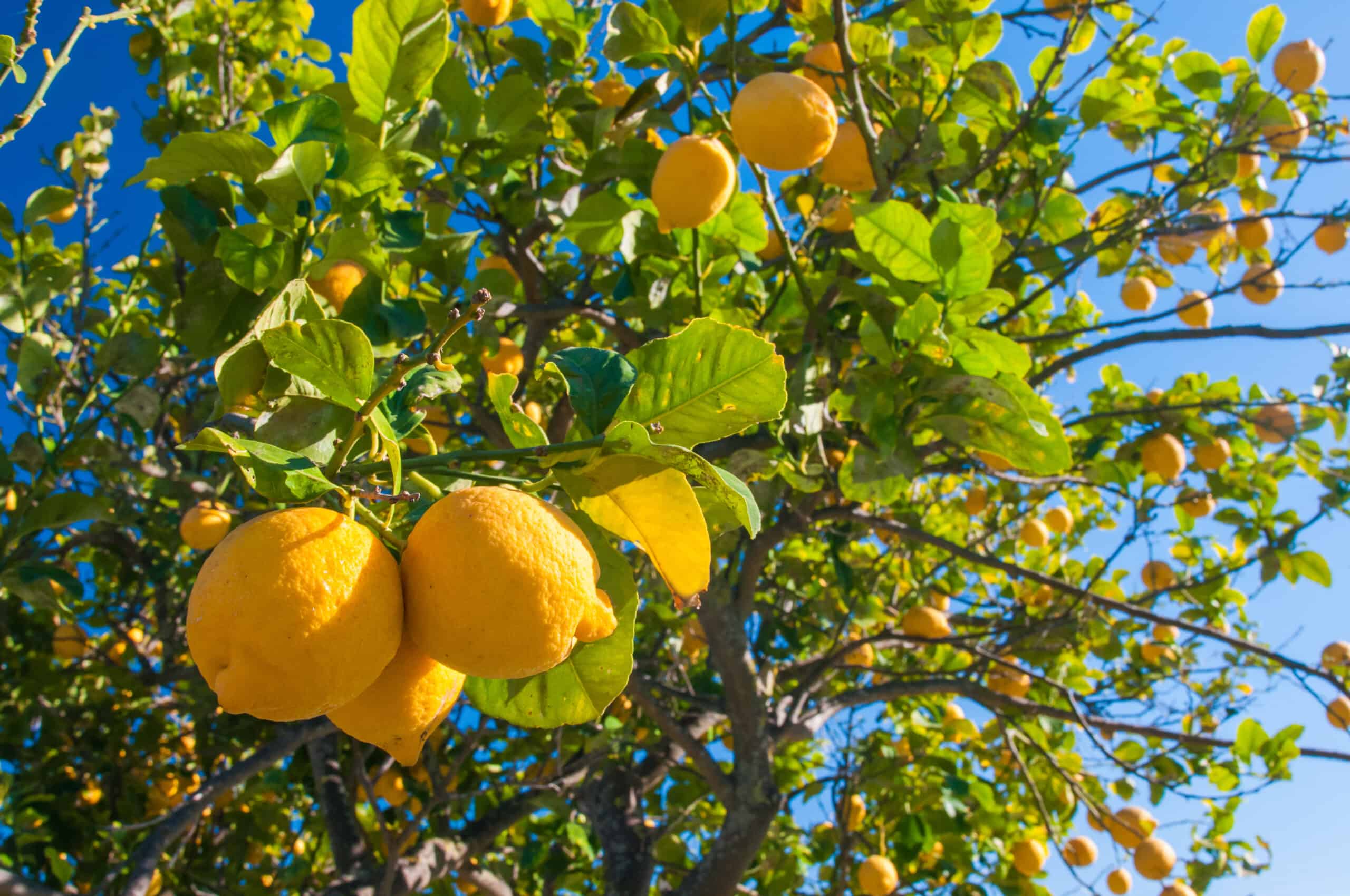
Lemons are too tart to eat on their own, but they are probably used more than any other fruit. Lemons are the defining flavor in many desserts, and they add zest to just about all savory dishes.
Lemons grow where other citrus trees won’t. They have a lower heat requirement than sweet oranges and grapefruits. They thrive in the cool and dry summer regions of the West (they do less well in humid summer regions), and they can be grown indoors in cold-winter regions.
Lemons grow faster than other citrus trees. A lemon tree will begin producing fruit by the third year and will be fully productive in eight years.
More tips at How to Grow Citrus
Pruning Lemons
Lemon trees require more pruning than other citrus trees. They naturally make long stems that are easily broken under the weight of fruit. Stems constantly criss-cross the center of the plant; the results is small fruits and more difficult harvests. Stems should be thinned and shortened regularly. Prune back weak shoots to a strong lateral branch. A lemon tree also should be top pruned to allow light to reach ripening fruit. A lemon tree that is regularly lightly pruned will produce more fruit than a tree that goes unpruned or a tree that is heavily pruned.
True lemons such as ‘Eureka’ and ‘Lisbon’ can reach 20 feet tall. ‘Meyer’ lemon (which is a lemon-orange hybrid) grows to just 10 feet tall. A lemon tree should be headed back regularly to keep the tree compact and the fruit within reach. Prune lemon trees once or twice a year.
Lemon Harvest
Pick lemons when they become fully yellow; left too long on the tree they will lose flavor and acidity and become pithy. Fruit can be harvested as soon as it is plump and juicy even if the rind is green; a lemon that is not fully yellow will be more acidic and store longer.
 Where to Grow Lemons
Where to Grow Lemons
Lemons thrive in cool-summer regions, but not cold-winter regions. Along coastal California lemon trees usually bear several crops a year; in warmer inland regions lemons are harvested fall through winter. Lemons grown in humid subtropical regions such as Florida are bigger than California lemons but not as flavorful. In hot humid climates, limes are a better choice. The acid content of lemon is at its maximum prior to fruit maturity.
True lemons such as ‘Eureka’ and ‘Lisbon’ will be damaged if temperatures drop below 30°F for prolonged periods. ‘Meyer’ lemon (a cross between a lemon and an orange) is hardier; ‘Meyer’ can withstand temperatures into the low 20sF.
Container and Indoor Growing Lemons
Lemons can be grown in 10 or 15-gallon containers. Set the container on a plant trolley with wheels so that it can be moved to warm, sunny spots or brought indoors in winter. Use a commercial potting mix formulated for citrus or acid-loving plants. Grow lemons outside during the frost-free months; when night temperatures drop to the mid-40sF move lemons in containers indoors.
Indoors, lemons need as much light as possible. Grow lemons in a south-facing window or provide supplemental light.
‘Meyer’ lemons are a good choice for container and indoor growing. Meyer lemons are naturally small, easy to grow, and bloom and fruit almost constantly.
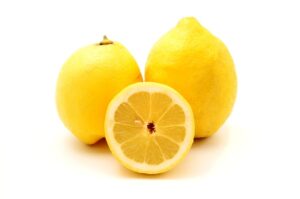
Lemon Varieties for Home Gardens
‘Eureka’: produces a medium-size, oblong fruit thick with a yellow rind and few seeds; ‘Eureka’ has a nipple at one end; the flesh is juicy and highly acidic; the fruit is hard to peel. ‘Eureka’ is a medium-size, thornless tree; it has an open and spreading habit. It is smaller than the ‘Lisbon’ lemon. ‘Eureka’ lemons produce fruit all year in cool summer regions; in hot regions, ‘Eureka’ produces fruit in spring and summer. ‘Eureka’ is less hardy than ‘Lisbon’; it is adapted to mild-winter coastal areas of California; near the coast, the fruit is ripe in late winter to early spring; inland, harvest comes twice a year in spring and again in fall.
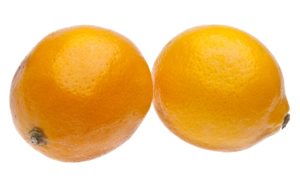
‘Improved Meyer’: ‘Meyer’ is a sweet orange-lemon hybrid. ‘Meyer’ lemons are medium size and round, with an orange-yellow thin skin when mature; there are few seeds. ‘Meyer’ flesh is light to dark yellow, very juicy, mild and slightly sweet; it has a higher sugar content than other lemons; it has a distinctive flowery fragrance and flavor; left on the tree ‘Meyer’ loses acidity. ‘Meyer’ is a small to medium-size tree, thornless; it is hardy and can withstand temperatures to the mid 20sF, colder than true lemons; the tree is compact and rarely grows more than 8 to 10 feet tall. In cool summer climates such as the coast of California ‘Meyer’ lemons are very productive; they will bloom and bear fruit almost year-round. The ‘Improved Meyer’ replaced the ‘Meyer’; ‘Improved Meyer is disease-resistant. In humid summer climates like Florida true lemons are subject to disease and produce poor quality fruit; the alternative is to plant an ‘Improved Meyer’.
‘Lisbon’: medium-size with fruit with bright yellow rind and few seeds; thick skin is hard to peel; moderately juicy, highly acidic flesh; best picked ripe; fruit loses acidity on the tree. ‘Lisbon’ is a large tree with thorns, more vigorous and productive than ‘Eureka’; it is both frost tolerant and heat tolerant; the new growth and flowers are tinged with purple; fruit ripens fall to winter inland and year-round in coastal regions; frost tolerant and heat tolerant; acceptable for cooking and baking; can be grown indoors; a natural dwarf
‘Ponderosa’: lemon-citron hybrid; grapefruit-size fruit up to 2 pounds; thick, bumpy, rind, very hard to peel; moderately juicy, acidic pulp; fruit holds well on the tree; small thorny tree, blooms all year; sensitive to frost; grows well in containers.
‘Variegated Pink Eureka’: light pink flesh, sometimes sold as ‘Pink Lemonade’ but the juice is not dark very tart, nearly seedless; the pinker the pulp the less acidic the flavor. A sport of ‘Eureka’; leaves and fruit are variegated–green and white foliage, lemons are green-striped when immature; stripes fade as the fruit ripens to yellow; does not need intense heat or cool nighttime temperatures to develop color; can harvest the fruit when it has the flavor you want.
Also of interest:
Eureka Lemon and Lisbon Lemon: Kitchen Basics
Sweet Meyer Lemon: Kitchen Basics



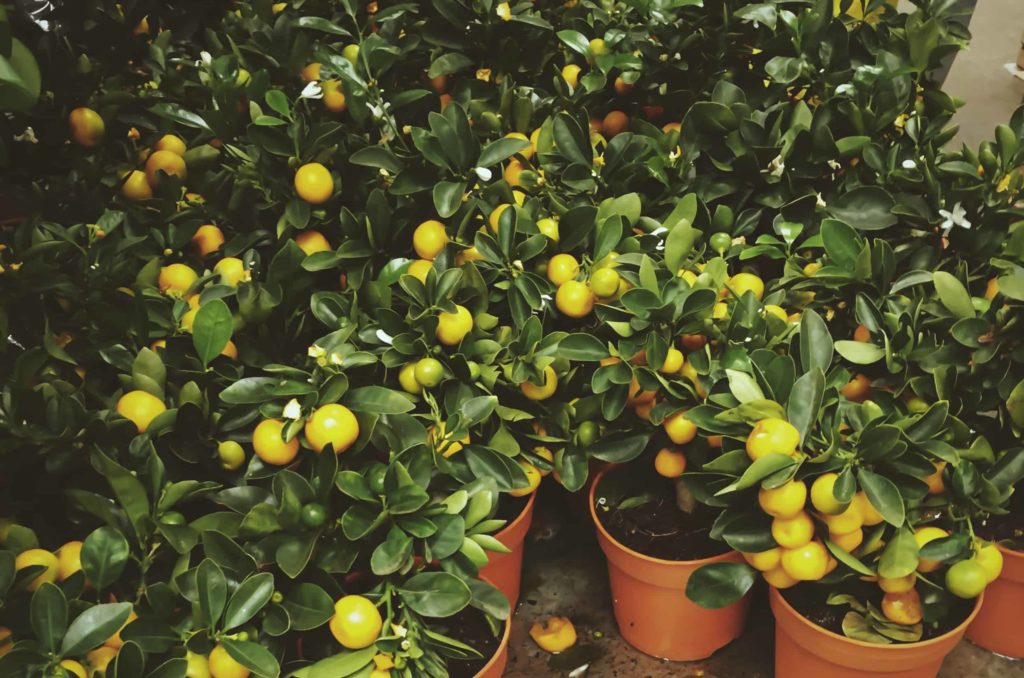 Where to Grow Lemons
Where to Grow Lemons
